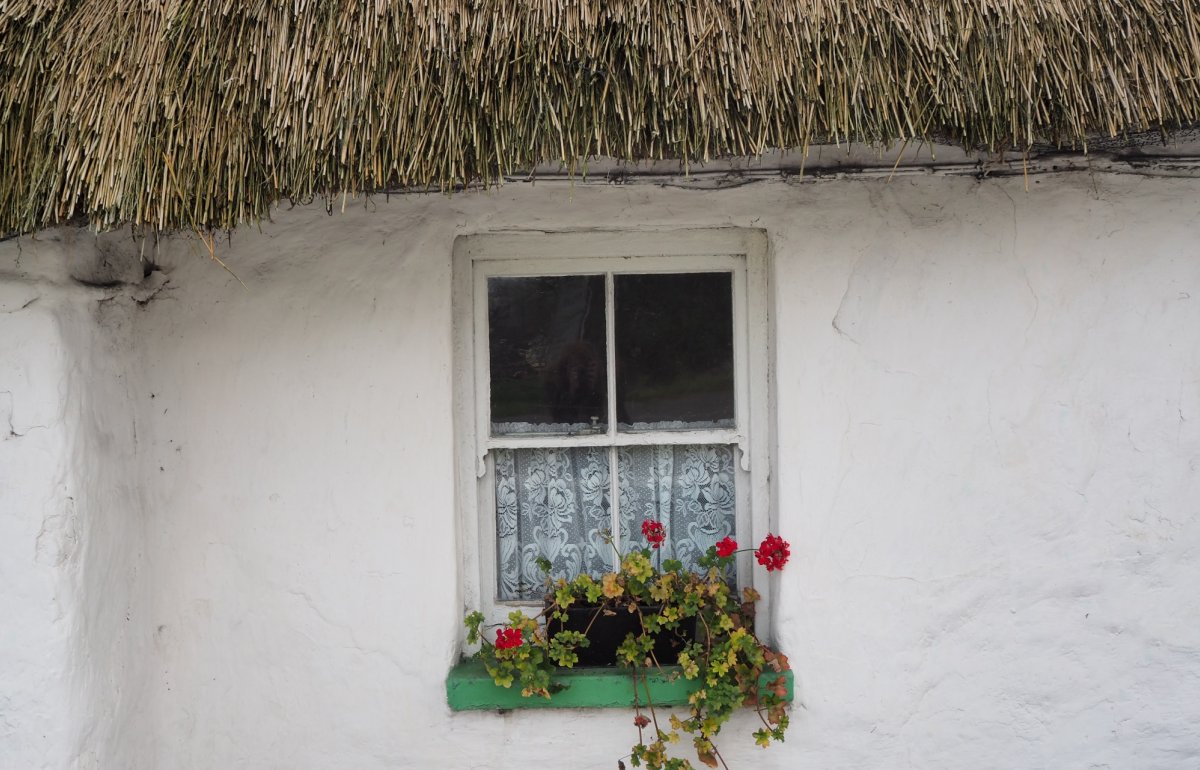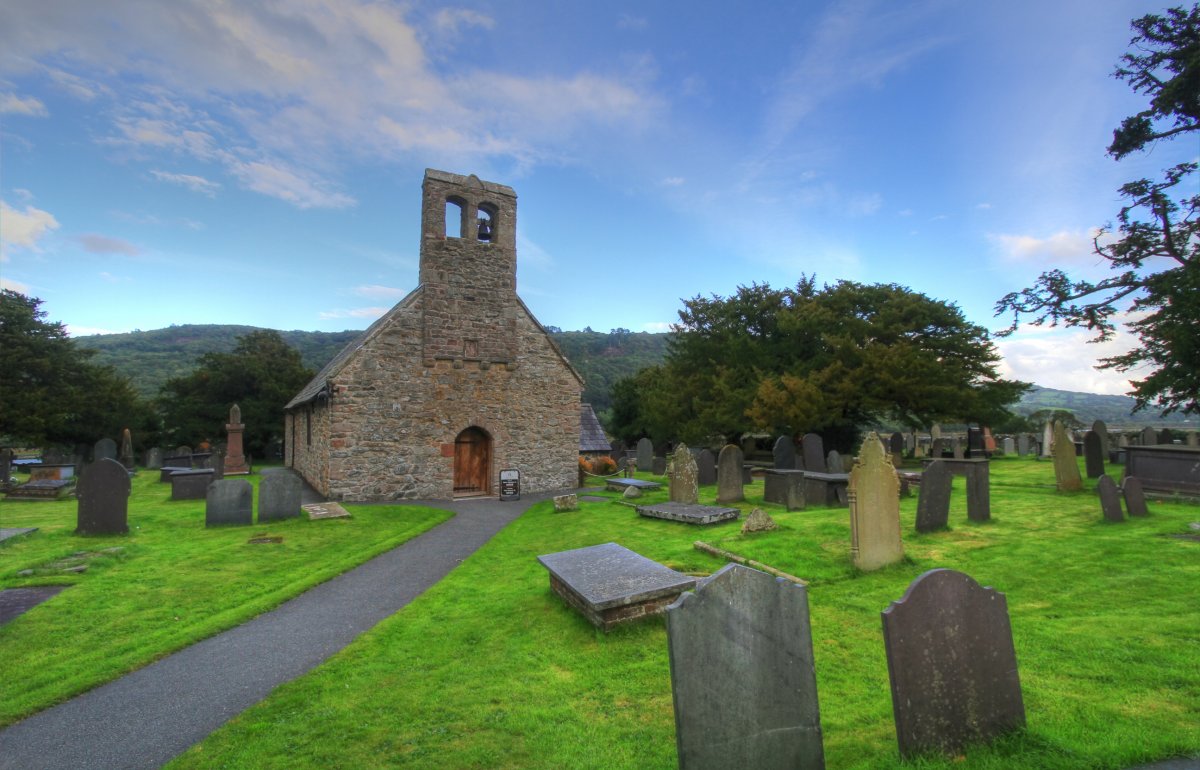
How to Protect Your Old Building From Winter Weather
Type:
30/11/2023
Share on:
Regular checks and maintenance tasks can make a huge difference to a building’s condition, lifespan, and energy efficiency. As the weather gets colder, here's what you can do to prepare your home.
As always, make sure to wear protective gloves if you're carrying out any maintenance checks, and have someone with you if you’re climbing ladders or accessing high places.
How can I reduce frost and snow damage to a building?
- Clear roofs of moss and keep rainwater fittings clear. If your property has valley gutters, they will need to be cleared of snow to prevent melt water rising above them and causing damp internally.
- Ensure that when paths and roads are gritted, the salt does not spread onto the bottoms of walls. Salt contamination can significantly hasten the decay of mortar joints, brick and stone.
- If possible, dry windows in the morning where overnight condensation has formed to prevent moisture damage to paintwork, and timber or metal frames.
How do I protect heating and water pipes from frost?
- Avoid localised flooding from pipe or tank bursts by insulating pipes, especially outside and in unheated areas.
- When a building is unoccupied for a few days, programme the heating to run continuously at a low level (about 5ºC). Additionally, open the loft hatch fully to keep the roof space above freezing point.
- Check stop valves periodically for ease of operation in case of an emergency and consider installing a pipe leak detector with an automatic shut-off.
- Thaw frozen pipes gently using warm clothes or a hot-air gun (not a blowtorch).
Need more information?
Search our online resources or call our free helpline on weekday mornings, which is generously supported by Historic England.
Image: Peter Syme
Sign up for our email newsletter
Get involved



